No Seagulls Allowed: Two Hawks Employed to Guard Imotski Lake from Unwanted Guests
February 23rd, 2022 - Two hawks named Seka and Bea have been tasked with keeping the Blue Lake in Imotski safe from seagulls
Known to invade urban areas in search of food, seagulls are generally seen as a nuisance all over the Croatian coast. In Istria, the onslaught of gulls is being fought through measures such as nest monitoring and replacing seagull eggs with plastic fakes.
Further south, in the Dalmatian hinterland, things were taken up a notch with proper guards employed to fight the good fight against the annoying gulls.
For a while now, seagulls have been treating the stunning Blue Lake (Croatian: Modro jezero) in Imotski as their living room, and plastic eggs probably wouldn’t have been of much help here - the situation called for more extreme measures.
Enter the guards: Seka and Beatrice Bea, two female Harris’s hawks who’ve been tasked with keeping the Blue Lake safe from the gull invasion.
As reported by Slobodna Dalmacija, seagulls laid siege to the Blue Lake in Imotski about ten years ago and haven’t shown any intention to leave ever since.
Every year from the end of February to September, i.e. as long as there’s water in the lake, seagulls flock to the lake in large numbers, devastating the flora and fauna and inconveniencing the people of Imotski and their guests who often go swimming at the lake.
The gulls eradicated all the frogs, gone is the song of the blue rock thrush, and grass snakes have left the area too. Not to mention all the gull feathers and feces covering the rocks and cliffs around the lake aren’t exactly a pretty sight.
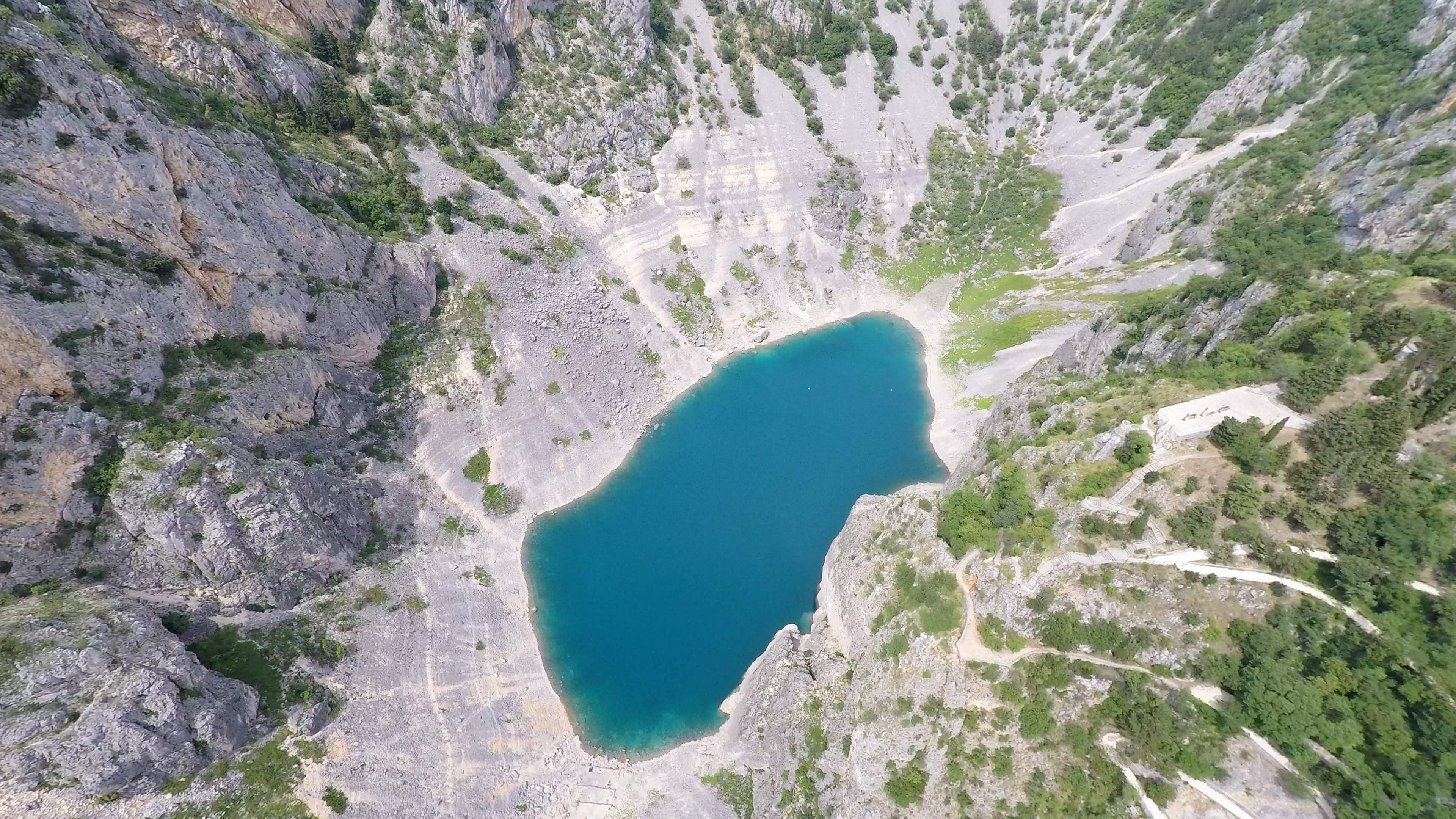 The Blue Lake in Imotski / Image by Yacht Rent, Creative Commons
The Blue Lake in Imotski / Image by Yacht Rent, Creative Commons
There have been efforts to scare the gulls away with the sounds of cannon fire, firecrackers, scarecrows in various forms, but nothing seemed to work, and the seagulls kept flocking to the Blue Lake to rest after feasting at one of the landfills in the wider Imotski area.
And then came the hawk guards. Someone realised that the solution for the gull problem lies in nature, and soon there was talk of trained falcons and hawks, who apparently have the ability to make seagulls pretty nervous.
Falconers Emilio Međušić and Stipe Klisović of the Šibenik Falconry Center arrived in Imotski last year and brought a trained hawk along to test the hypothesis.
It only took for the hawk to spread his wings over the Blue Lake, and the flock of seagulls panicked and flew away in a frenzy. They reportedly sent a few scouts back to the lake some time later to see if the coast was clear, but as long as the hawk was seen somewhere in the area, not a single gull dared to fly down to the lake.
The Public Institution More i Krš (Sea and karst) and the City of Imotski decided to open two permanent positions for hawks to guard the lake from the pesky gulls. They acquired two hawks and ensured the birds were properly trained.
Grgo Nikolić from Imotski, a self-described bird lover and member of the hunters’ association Imotska Krajina, took over the training together with his son Slavko. They themselves trained at the Falconry Centre in Šibenik, and are now tasked with taking care of Seka and Beatrice Bea.
‘We’ve been working with Seka and Bea and we’re very pleased with what we achieved so far. We now have to get them accustomed to the environment they’ll be working in, our Blue Lake with its surroundings. We’re in the area every day, getting Seka and Bea familiar with every part of the lake, as that’s where they’ll be operating. Slavko and I both have to gain the full confidence of those birds; they’re starting to get settled in their new habitat, and are growing more accepting of us as their friends and trainers’, said Grgo.
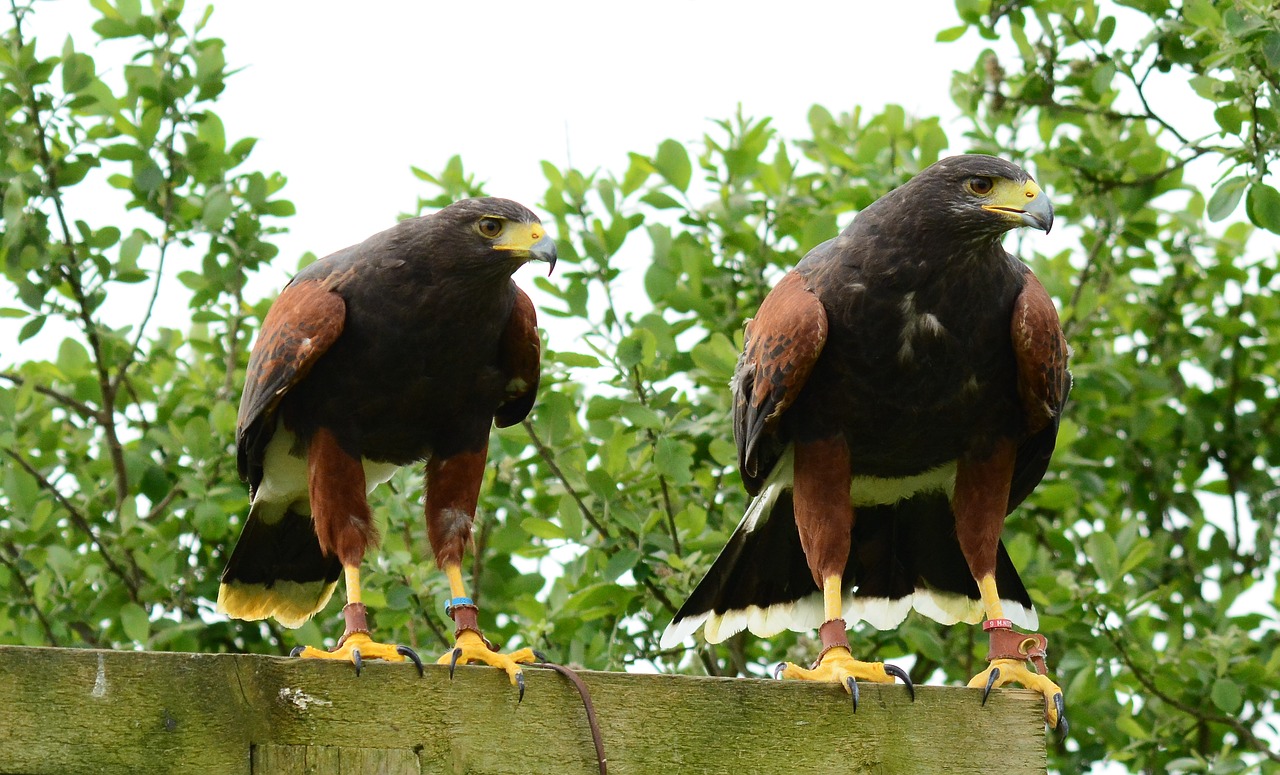 Harris's hawks / Pixabay
Harris's hawks / Pixabay
A few days ago, a handful of seagulls tried to scout the area and were promptly chasen away by Seka and Bea. The time of year when gulls are known to gather at the Blue Lake is fast approaching, so the two hawks will soon have a lot of work to do.
‘I’m convinced that Bea and Seka will manage to drive the gulls away, back to their main habitat on the other side of Biokovo mountain, where they could settle on the coast once and for all’, said Nikolić.
Imotski Tourist Board Director Luka Kolovrat is also pleased with Seka and Bea’s performance so far. He pointed out that the presence of two hawks might become a tourist attraction as well.
‘Last year, we saw just how much attention a single hawk from the Falconry Center drew among the tourists; they filmed the entire thing, asked about how the gulls are being chased away. Our Seka and Bea will surely make for a good addition to the tourist offer in our town’, said Kolovrat.
Could Green Lake Further Develop Tourism in Imotski Area?
Septemeber 17, 2019 - Could the Green Lake be the next ‘Red’ or ‘Blue’ lake of the Imotski area?
Braco Cosic writes for Slobodna Dalmacija that the Green Lake in Ričice, located in the Proložac municipality, apart from its main purpose, which is to collect water for irrigation in the Imotski field, provides opportunities for additional exploitation.
Due to its beauty, the environment in which it is located, and its underwater resources, it is suitable for investments that would give some new and valuable content to the fast-growing tourism in the whole Imotski region. However, it could also bring back the youth to the otherwise displaced Ričice.
The Green Lake, along with the other widely known natural lakes in Imotski - Blue and Red, can certainly contribute to the development of this area, believe tourist forecasters. The lake has a capacity of up to 30 million cubic meters of water. In the most generous water flow conditions from neighboring Bosnia and Herzegovina and domicile small streams, about 25 million cubic meters of water flows into the lake - but then, at certain points, a lot of water is lost through underwater discharges.
Therefore, the Croatian Water investment, with the assistance of the County, has already been approved to prevent this from happening. The water level would otherwise rise when there are about ten million cubic meters of water in the lake. Its width extends from the very edge of the center of Ričice to the main dam on its eastern side.
That said, the lake has excellent prerequisites for organizing both small sailing regattas and rowing competitions. Its underwater world, which is home to indigenous carp, offers great opportunities for sport fishing, and finally, in the summer, swimming in clean water. The natural environment of the lake, surrounded by high gorges, green meadows, and hiking trails, is a real challenge for fans of walking, running, and family outings.
“We are aware of all the benefits of our jewel and we have seriously taken up the demanding work to finally embark on presenting it to he tourism market,” said Željko Tandara, President of the Ričice Native Ecological Association.
“We are aware that the whole lake is under the jurisdiction of the Croatian Water, and that, in cooperation with them, but also our Municipality of Proložac, and finally the Imota Tourist Board, which covers the entire Imotski region, we need to find a way to revitalize the Green Lake, which can both irrigate our field and give much to the tourist offer,” Tandara added.
Finally, why not use its facilities to bring young people back from our area? Therefore, the idea is the Čelinka area has beaches for swimming, then beaches for the disabled, mini-camps, hiking trails. There are quite a few of entrepreneurs from Ričice and the Imotski region who would be very happy to invest their money in this precisely.
The momentum of the Imotski region has spread to Ričice. Already next year, there will be several wonderful holiday homes with swimming pools, gyms, and other amenities. And since they also have the Green Lake at their fingertips and all its natural benefits, why should tourism not be a chance for displaced Ričice residents? I forgot to mention the clean and healthy food here, whether it be from the animals or vegetables, and that can be a great advantage of our region,” Zeljko Tandara concluded optimistically.
To read more about travel in Croatia, follow TCN’s dedicated page.
How Did Imotski's Blue Lake Turn THAT Blue? Experts Weigh In
The Blue Lake phenomenon in Imotski has caught the eyes of everyone in Croatia as it swapped its rather deep blue color for a lighter hue after abundant rain and a sudden flow of water from underground springs.
This phenomenon even attracted the attention of a team of experts at the initiative of the Public Institution for the Management of Protected Natural Values in the Split-Dalmatia County "Sea and Karst", who have tried to scientifically prove the rapid change of the lake, as well as the causes and consequences of such changes, reports Slobodna Dalmacija on May 13, 2019.
“The Blue Lake seldom changes color and is mostly associated with a sudden rise in water levels. At the bottom of the Blue Lake, there are estavelles, cavities in the karst massif, which may have an abyss and springs depending on the surrounding groundwater level.
The rapid growth of water levels is the result of activated estavelles, and this is in the role of strong springs. The powerful flow of water through underground karst canals increases the dissolving of minerals that can be found in the predominantly widespread limestone rocks.
The first results of water analysis from the Blue Lake indicate an increase in calcium carbonate (CaCO3), which is derived from limestone. Calcium carbonate in rocks appears as mineral calcite which is white in color, and because of its increased water concentration, it changes the way water absorbs and reflects the light.
Thus, on this occasion, the lake water takes on an unusual turquoise color, and the Blue Lake, with its beauty and unparalleled tinge of blue has again captured the attention of Imotski citizens and their guests,” said Branimir Jukić, a senior expert from the "Sea and Karst” study, adding that the microbiological analysis of the algae excluded the flowering process as a cause of color change.
The bright turquoise color of the lake has attracted many visitors, and it may not be going anywhere soon thanks to increased groundwater flow and rising water levels in the lake.
The current depth of the lake is 36 meters, and this aesthetic anomaly has not affected the quality and purity of lake water.
The team of experts who investigated this phenomenon includes Dr. Sc. Ivo Andrić from the Faculty of Civil Engineering, Architecture and Geodesy in Split, prof. Dr. Sc. Nenad Buzjak and Ph.D. Marija Gligora Udovič from the Zagreb Faculty of Natural Sciences and Mathematics, Ph.D. Ana Kovačić from the Institute of Public Health SDŽ, and dr. Sc. Milan Čanković from the Institute for Marine and Environmental Research at the Ruđer Bošković Institute, along with "Sea and Karst."
HPD "Imotski" also regularly visited the Blue Lake, took water samples and submitted them for analysis in laboratories in Split and Zagreb. The lake water analysis continues to be carried out at the PMF in Zagreb and the Ruđer Bošković Institute.
To read more about lifestyle in Croatia, follow TCN’s dedicated page.
World's Biggest Welcome in Croatia: Day 41 (Off), Day 42 - Šestanovac - Imotski (Bike, Alpinism)
May 3, 2019 - Putting Croatian adventure tourism on the map, with the biggest welcome in the world. Day 42 of this incredible 2011 adrenaline trip covering 2,500 km along the Croatian coast.
The World's Biggest Welcome, an ambitious adventure tourism project in 2011 in Croatia enters Day 42 of this 2019 appreciation of one of the finest tourism promotion projects ever in Croatia.
The plan? To showcase the diversity and fabulous offer of adventure tourism in Croatia by following a GPS route the length of the Croatian coast in the shape of the word 'Welcome' - thereby creating the biggest welcome in the world from a hospitable tourism country.
Day 42 moved from Šestanovac to Imotski.
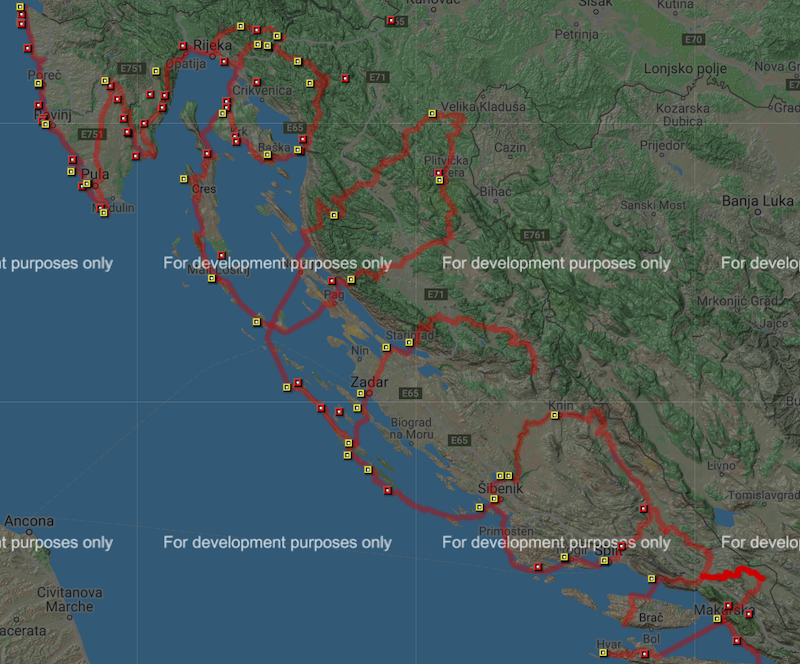
40 kilometres for the day: 35 km bike ride from Šestanovac to Imotski, followed by 5 km of alpinism at the Blue and Red Lakes in Imotski to continue forming the ‘L’ in ‘Welcome’.
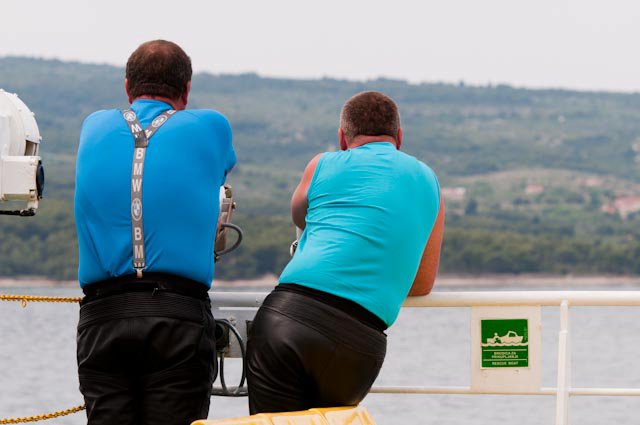
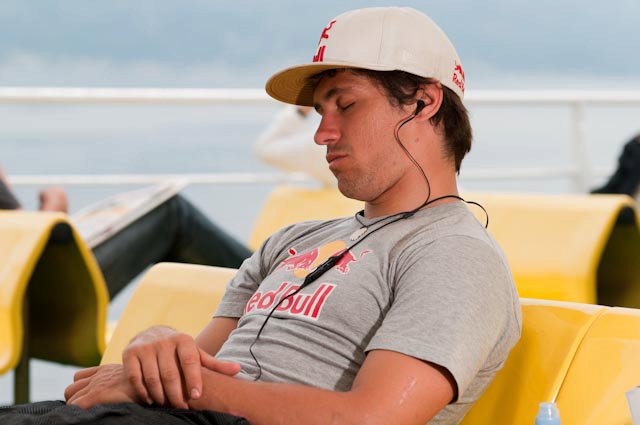
After resting on Day 41, the group began Day 42 on the ferry from Supetar to Split.
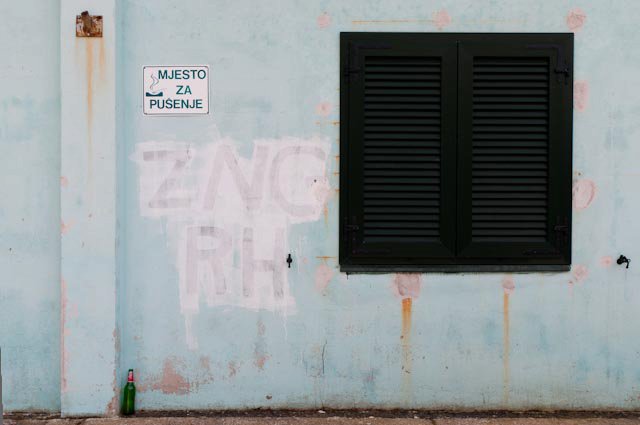
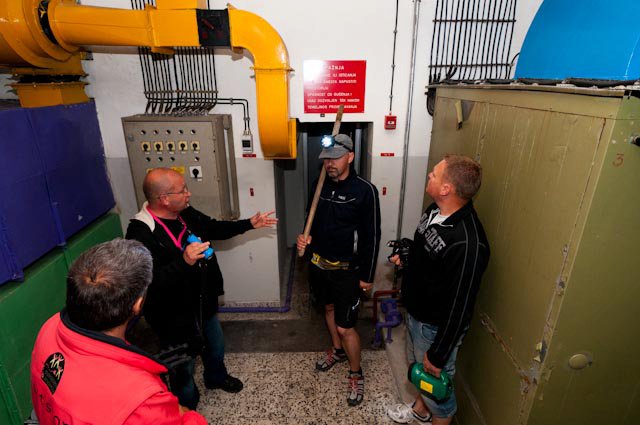
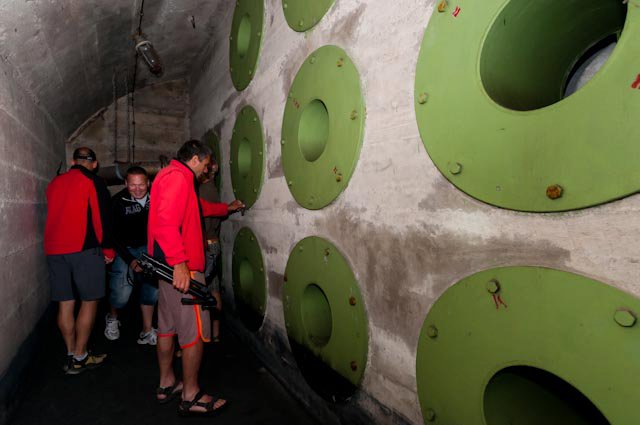
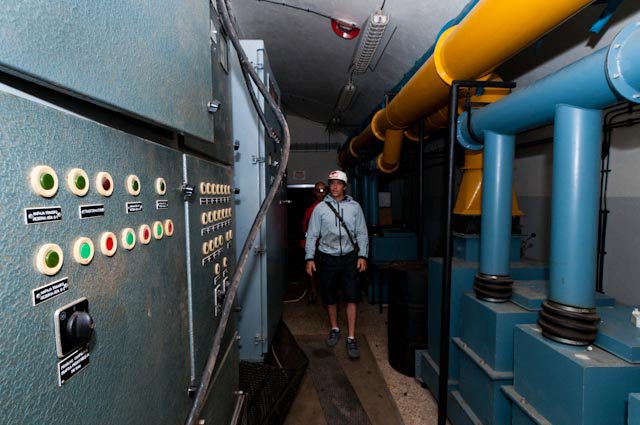

The group then explored Kuk nula, a secret atomic shelter built during Yugoslavia. It is situated near Zadvarje and could take up to 300 people in one year.
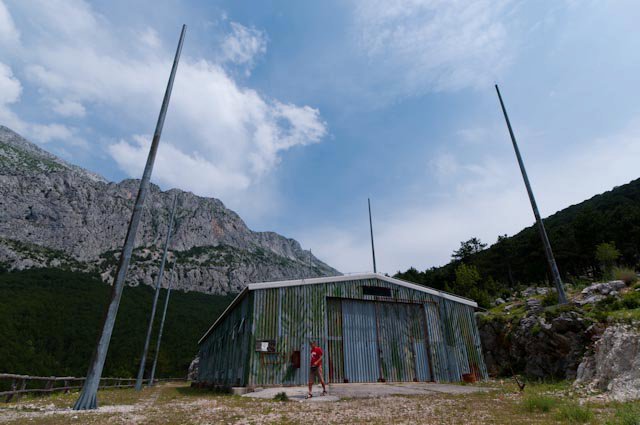
The outside of Kuk nula and the pillars which used to hold a net that served as protection from bombs.

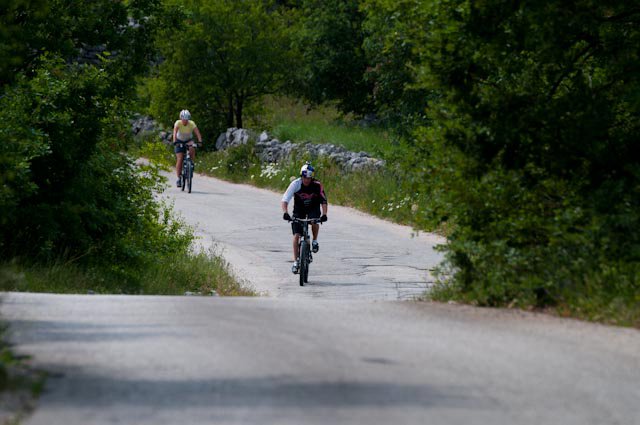

After a quick lunch, the group hopped on bikes and headed towards Imotski.
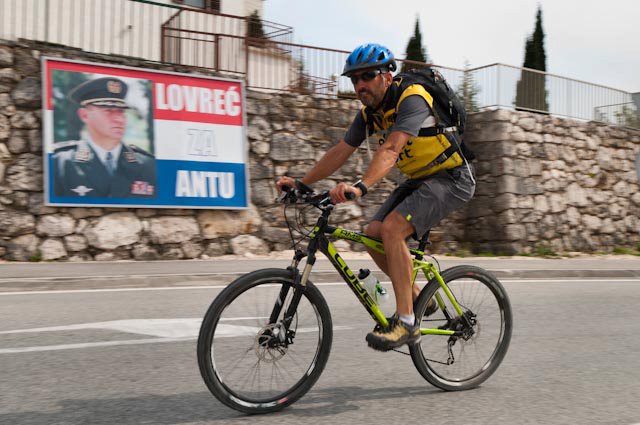
Lacko passing through Lovrec.
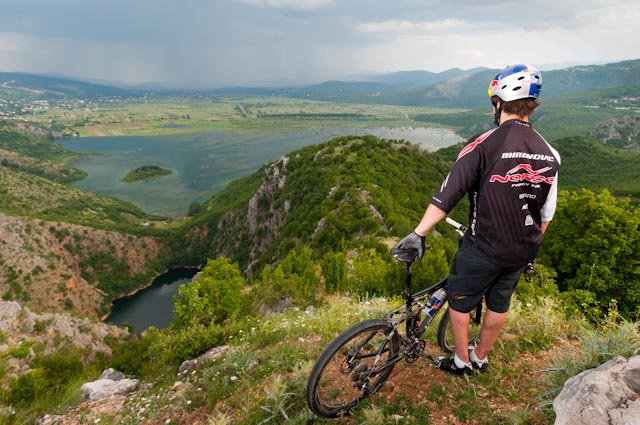
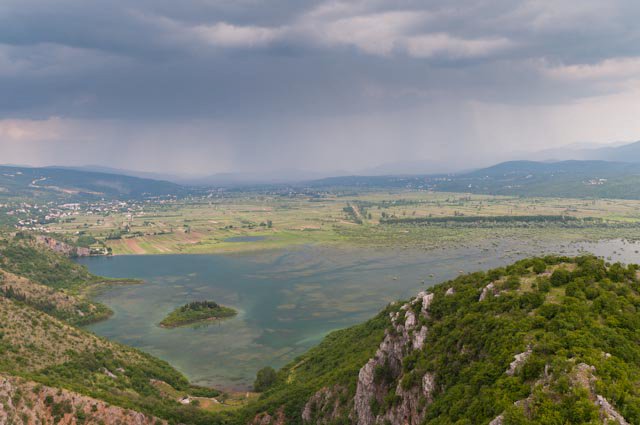

Mislav looking down at Galjipovac and Prolosko blato.

Lacko and Cedo on a steep cliff above Galjipovac.

Lacko climbing back.
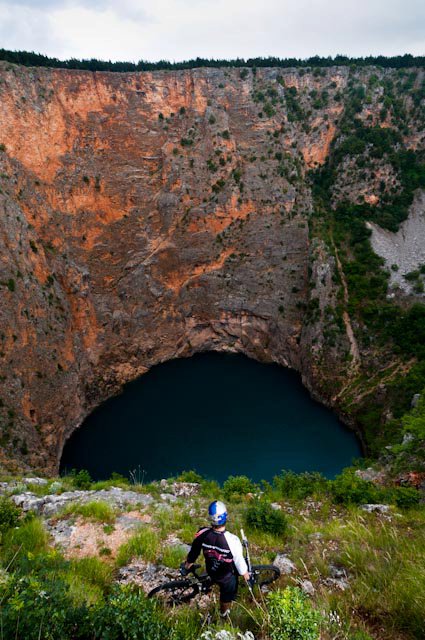
Mislav at the Red Lake.
A key part of the project was promoting tourism, and the official website has details of the key places visited during the day.
You can see the entire project on the Welcome website, as well as much more of Luka Tambaca's stunning photography on the Welcome Facebook page.
Tune in tomorrow for Day 43, as Lacko moves from Imotski to Makarska via Biokovo by bike and on foot.
To follow the whole project from the start, follow the dedicated TCN page.


